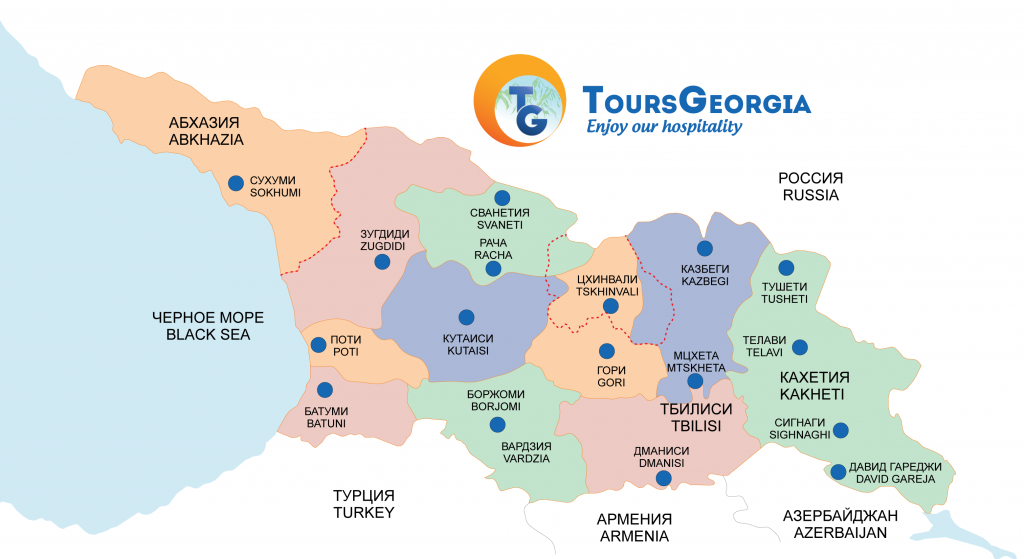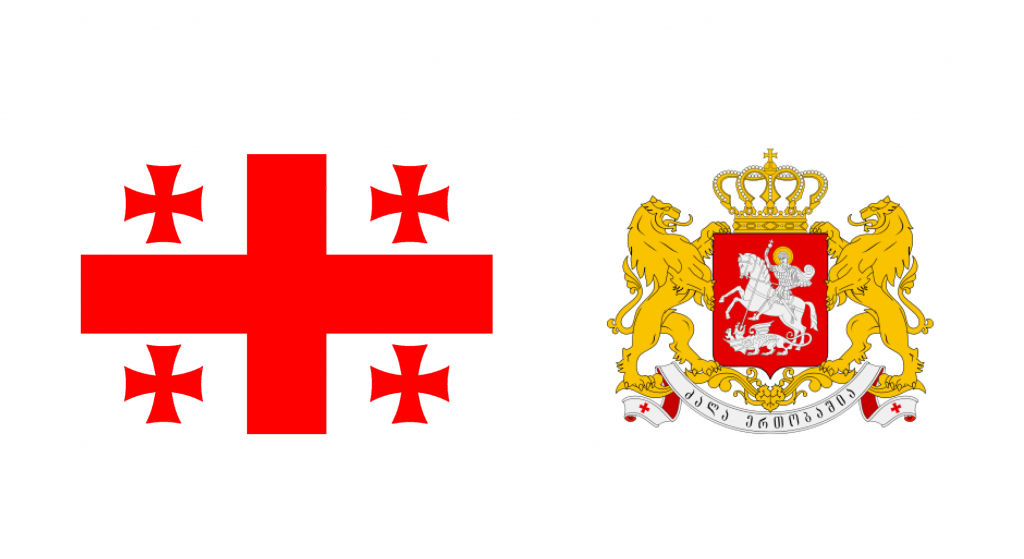Archeologists and historians have established that Georgia was one of the main regions which saw the emergence and development of primitive man and the origins of civilization. Stone implements fashioned during the Paleolithic Age have been found here. The people of Georgia were amongst the first in the Caucasus to master the smelting and casting of metals; first copper and bronze, then, as early as the 9th-7th centuries BC, iron. During the Bronze Age, large tribal confederations were formed here, the basis of the first Georgian states: Colchis (6th century B.C.) in Western Georgia, and Kartli (4th century B.C.) in the east. The history of Georgian statehood begins with emergence of Colchis and Iberian kingdoms. Colchis kingdom was formed approximately in the 6th century BC. Iberian kingdom appeared in the 4th century BC.
Until the 1st century AD the territory of modern Georgia passed from one great empire to another. In the 4th century AD Christianity came to Kartli. In the beginning of the 8th century Arabs subordinated Western and Eastern Georgia. But it the end of the century their influence was weakened under the pressure of civil uprisings. It was the time of independent princedoms formation in Georgia.
In the 10th century independent princedoms united to resist outside enemies’ attacks. King Bagrat III united eastern and western parts of Georgia in a single state. In the next century, David IV the Builder initiated the Georgian Golden Age by driving the Turks from the country and expanding Georgian cultural and political influence southward and eastward to the Caspian Sea. That era of unparalleled power and prestige for the Georgian monarchy concluded with the great literary flowering of Queen Tamar’s reign.
In the 13th century Mongol-Tatars invaded the country. In the beginning of the 15th century the ruined country could not recover from Timur’s army’s invasion and save its integrity. In the 15th century Georgian feudal state broke up into several separate kingdoms and princedoms were the objects of fierce struggle between Iran and Ottoman Empire (Turkey) for domination in Transcaucasia until the end of the 18th century. In 1773 king Herekle asked Russia for military assistance. In this period, Russian troops intermittently occupied parts of Georgia, making the country a pawn in the explosive Russian-Turkish rivalry of the last three decades of the eighteenth century. After the Persians sacked Tbilisi in 1795, king Herekle again sought the protection of Orthodox Russia. Annexation by the Russian Empire began a new stage of Georgian history. This relationship would last nearly two centuries.
In 1918 Georgia gained its independence again. On November 25, 1921 Georgian Soviet Socialist Republic was established and was a part of the USSR firstly as a part of Transcaucasia Socialist Federal Soviet Republic (together with Armenia and Azerbaijan) from December, 1922. From 1936 to 1991 Georgia was a Soviet republic within the USSR. In 1991 Georgia declared independence as well as other countries of the former Union.





